

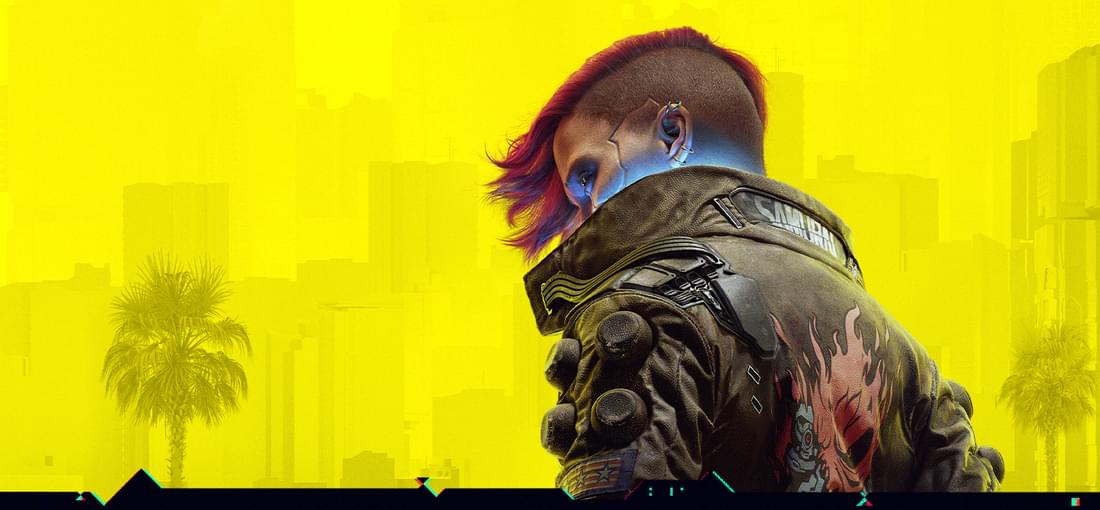
If you have an interest in cyberpunk, then you will probably enjoy exploring Night City; it really is like a William Gibson setting brought to life. Also, the storylines are compelling—not amazing, but the main narrative draws you in, and there are plenty of side stories with interesting and diverse characters. Unfortunately, the gameplay is one-dimensional and static. I quickly realized that, even on the hardest setting, I could win any combat situation by hanging back and blasting away with a sniper rifle. Good fun, but it basically makes the various upgrades and weapons options gratuitous. It got to the point where I was simply disassembling everything I picked up. It works better as a stealth-type game, but there is no need to develop any in-depth strategy here since the same approach works every time. Also, given the heavy mercenary theme of the game, it is quite ironic that money is effectively useless. Why buy weapons when you’ll just pick them up as you go? Why buy a fancy new car when you can just take one if you need it? In the end, I really did like the atmosphere of the game and the setting, but if you’re not a fan of cyberpunk you can certainly think about skipping this one.
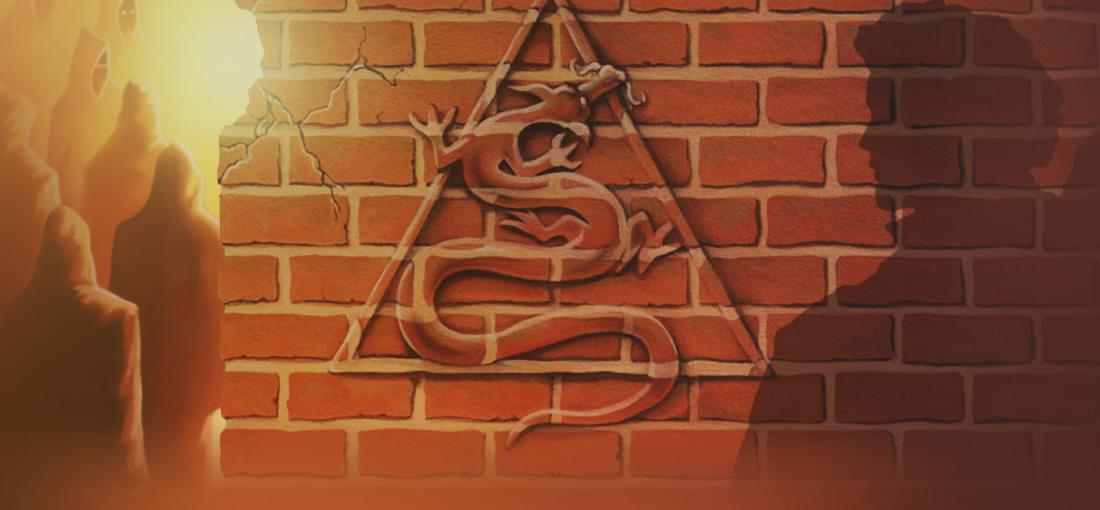
As others have mentioned, nostalgia is the primary reason to play Rise of the Dragon—either nostalgia for this game specifically, or for early-90s point-and-click games generally. On these terms, Rise of the Dragon delivers a fairly decent experience. You play as a hardboiled rogue cop/private detective who must save a cyberpunk version of LA from a supervillain (your character actually seems to hate the city, but I suppose that is par for the course). The story is hokey, predictable, and stocked with cliches, but it is not without interest, and it even contains a sprinkling of self-improvement (basically, you need to be decent to your girlfriend to have a shot at beating the game). Gameplay consists of moving through locations in the city, interacting with characters, and picking up and using items, mostly so you can find new locations closer to the final showdown. Some elements of gameplay are clunky or finicky (or both) and the arcade sequences are totally derivative and forgettable, but the game does have a certain atmosphere to it—the individual locations are well designed, and there is a comic book motif that adds to the ambience. True to the genre and time period, Rise of the Dragon also contains some creative game-ending moments; I half expected my character to die from drinking the rusty water from his own taps. Overall, it’s worth a look, if you have an interest in games from this period.
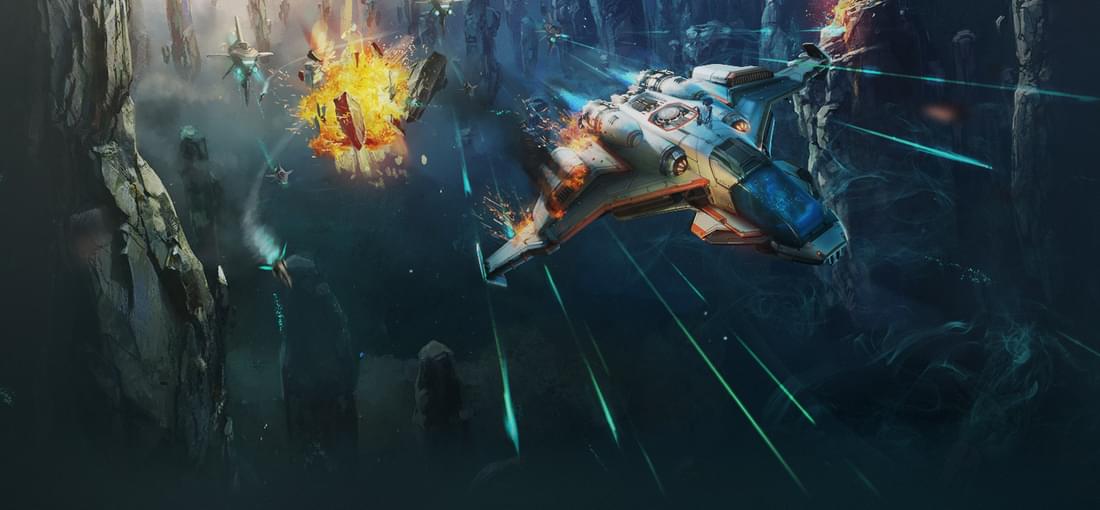
Everspace combines elements of FTL and a classic space sim like Wing Commander III—though without being as good as either of them. You play as an amnesiac pilot who must shoot and loot his way past jump points spread across seven sectors of increasing difficulty. The bulk of the gameplay involves arcade-style combat and poking through freighter wrecks, space stations, and caves to find fuel, credits, accessories, and so on. Death is permanent, but you can use the credits you earn each time to improve your ship and mitigate your surroundings between runs. The space backdrops are beautifully rendered and the game is fast, intense, and mostly fun, but I found that there was a certain impersonality to Everspace. The story, which emerges through comic-book style cutscenes, is uninspiring, and I never came close to caring about the relationships among the characters. Also, eventually you realize that the key to beating the game is simply to spruce up your ship to a certain level and then take care of your fuel consumption during a run. In this sense, the learning curve of the game is backwards: it starts out frustrating and difficult, and ends up feeling easy. Still, this is definitely not to say the game is unenjoyable. For those who like flight sims, roguelike games, and space exploration, Everspace is a solid buy.
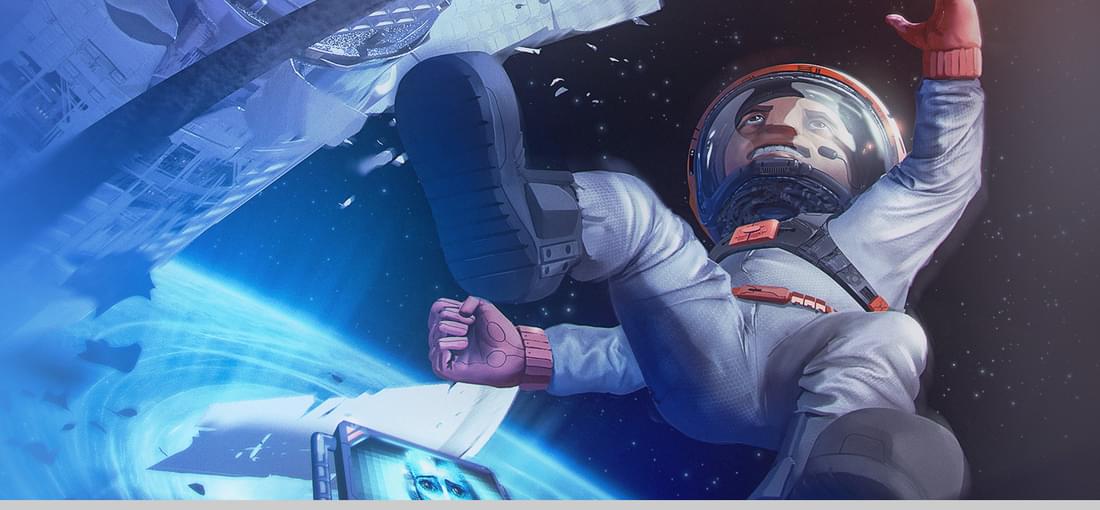
Judging by the dearth of reviews (and the price), I would say Blackhole is a woefully underappreciated game. Granted it does not have quite the same unique atmospheric details as similar titles like The Swapper, Braid, Limbo, or Escape Goat, but to my mind Blackhole is better than all of them—longer, more immersive, and featuring a wider array of approaches to its goals. The game mechanics are simple and will be familiar to those who play puzzle platformers. The main innovation in the game involves an intriguing room-flipping mechanism that diversifies the challenges of the game in creative ways. There is definitely some strategizing involved, though overall the game leans more towards action and trial-and-error. Also, although I am rarely interested in the stories in these types of games, I was slowly drawn in; the background characters are nondescript and interchangeable, but you do have a memorable and evolving relationship with your guide. The main strength of the game, however, is its incredibly well-balanced level of difficulty. The game is not too easy and not too hard—to me, this is a remarkably rare trait (though I suppose it shouldn’t be!). Yes, some of the rooms are wicked, but they never feel unfair. For some more stringent challenges, you can collect extra items (the black boxes are all manageable, but some of the dog tags will have you howling in frustration!) or take on the brutal bonus levels. As I said, the game is long, and in all the right ways.
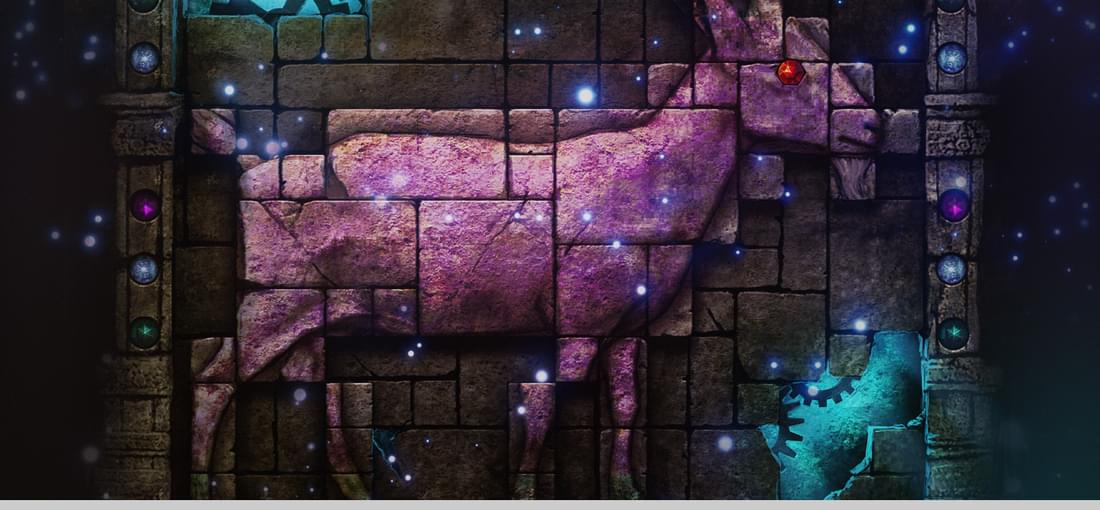
Escape Goat is a retro puzzle platformer that is slanted more toward precision and timing than strategy and planning. The game contains many strong elements: simple and responsive controls, creative challenges, and arguably some of the best music in any game. Probably the primary strength of the game is its fidelity to a concept: all of the rooms are the same size and the goal is always the same, collect the keys (if there are any) and hit the exit. There is an interesting if somewhat rigid division between the main campaign and the bonus levels. The first part does contain some tricky challenges, but for the most part you’ll zip along quickly, admiring the ingenuity of the puzzles. The next section (All Intensive Purpose) is downright wicked. There will be more than one rage quit here and some of the rooms are too dependent on luck, but I kept coming back for more, which is the sign of a good game!

This is a cute 2-D puzzle platformer with some enticing visuals—but that is really all it is. The puzzles do include some innovative elements, but they are generally unchallenging. Too often, I found that their solutions involved identifying a single quirk, as opposed to in-depth experimentation or thought. In this way, there was a contemporary art feel to the game—superficially edgy and unique, but essentially lacking in depth. Probably the most enjoyable aspect of the game involves the sense of exploration as you move through the city that serves as a backdrop; this is where you can see the care and attention to detail. The music is decent but forgettable. It is also worth mentioning the poor ending. The last puzzle is difficult not because it represents the culmination of the challenges in the game, but because it involves a fundamental shift in game mechanics. When I finished the game, I felt more impatient and frustrated than anything else, which is a shame because most of The Pedestrian is at least quite fun, in a tepid way.
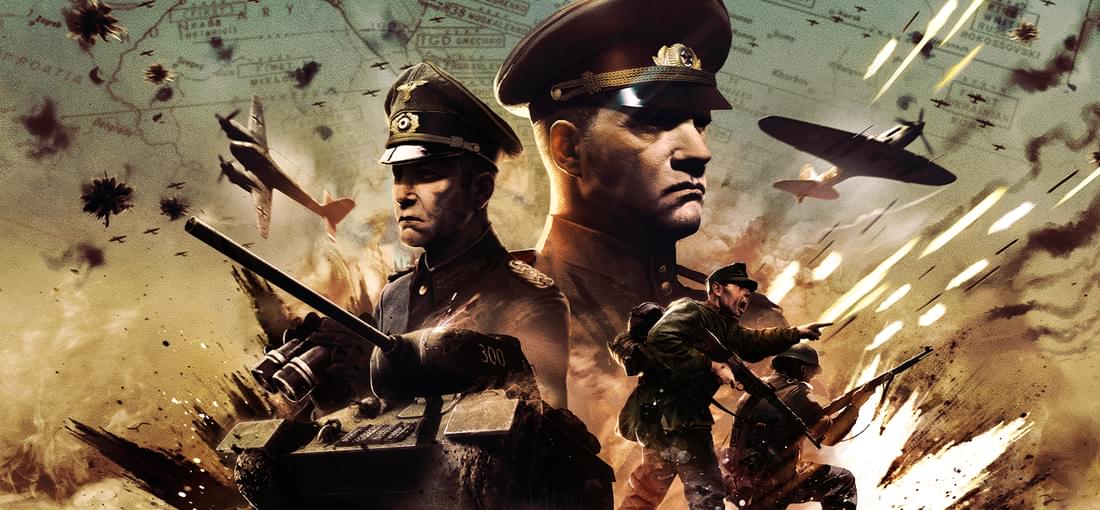
You probably need to have an interest in WWII in general and the Eastern Front in particular to get the most out of this game, as some aspects of gameplay are sacrificed for the sake of recreating historical scenarios as accurately as possible. To me, this is not a downside. The Army General mode allows you to take control of one specific aspect of Operation Bagration. Some have complained that the focus is too narrow, but I completed the Orsha Campaign playing the Axis and found many hours of enjoyment in just this one option. The game shifts between a general map, which involves mostly moving units around to set up attacks or defenses, and the actual tactical battles, which take place in intricate detail. The general map is easy to understand, once you get the hang of it. The tactical battles are challenging, entertaining, and often quite intense. There are some moments of redundancy (defending the same areas, for instance), but there is often a pleasing diversity to the campaigns, as they run the spectrum from full-on meat-grinder scenarios (dumping more and more infantry at the enemy) to some quite nuanced positioning of artillery. As some critics have mentioned, you will likely spend most of the tactical campaigns with a fairly wide view of the battleground, to ensure you have your eye on everything that is happening, but unfortunately this means missing a lot of the detail. However, in a sense it is always good to know that the detail is there. Yes, your men may be represented by a little icon, but if you zoom in (or watch the replay), you will see that they really are hunkering down next to that burnt-out wall. Having said that, it would have been good to have more opportunities to coordinate up close. Still, overall this is a great game.